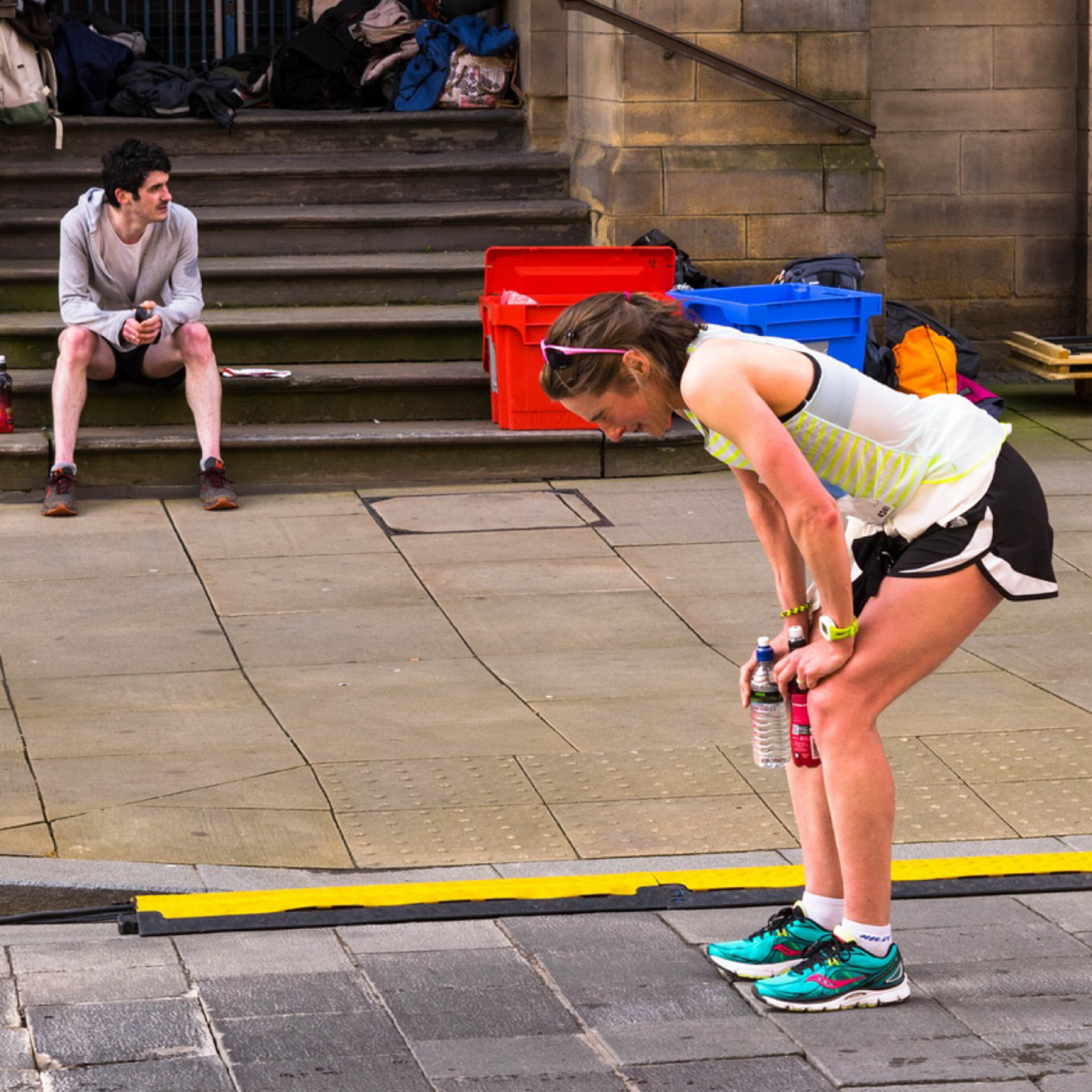There is a huge amount of talk about deaths from Covid and numbers of people catching Covid, but very little about people recovering from Covid. In the UK 15% of people who caught Covid in April were dying, now that figure stands at approximately 3% (ourworldindata.org).
A lot of patients seems to be experiencing ‘long-Covid’; exhibiting long term symptoms despite no longer actively having Covid. This includes heart and lung disease (including heart attack and ongoing breathing issues), enduring feelings of illness, fatigue and psychological issues. Another major issue with Covid is blood clots that can masquerade as injuries and can be extremely serious if they block an artery, particularly in the lungs.
Not all complications after Covid happen in the sedentary population. Many of the long covid sufferers are in fact athletes.
Why is return to activity so important?
Physical activity has extensive benefits to all physical wellbeing as well as mental wellbeing. Inactivity is a major risk factor for non-contagious diseases along with smoking and obesity. Many people are not sure as to how to go about returning to activity and some have found difficulties in doing so.
What are you aiming for?
Current guidelines for healthy people are for 150 minutes of moderate intensity exercise (rate of breathing increased, but able to talk) per week or 75 minutes of intense exercise (heavy breathing and difficult to talk) per week, with some additional strength work to keep bones, muscles, tendons and ligaments in great working order.
When should you start?
Regardless of severity, your Covid activity should only start when you have had SEVEN days clear of symptoms (no fever, cough, chest pain, shortness of breath or palpitations). The English and Scottish Institute of Sports has suggested that all activities of daily living and an easy 500m walk (without feeling excessive fatigue or breathlessness) should be achieved prior to commencement of more strenuous physical activity.
Obviously, if you couldn’t do 500m of walking without breathlessness before Covid, your baseline will be lower!
What should it look like?
· START SMALL: 50% of normal intensity
· STOP if any symptoms return
· GET HELP If you DO have ongoing symptoms. You may require further assessment and more strenuous physical activity is definitely not recommended. If you are suffering psychologically after your illness you may need additional support from a cognitive behavioural therapist or if you are struggling with motivation contact an exercise prescriber whom you trust (physio, personal trainer, strength & conditioning coach).
Here is a most excellent 5 phase rehabilitation programme developed by RehabGuru in conjunction with Imperial College London (click on the link!). Should you want any help or advice with this programme feel free to book in for a physio consultation (which can be done remotely).
Best of luck in your return to fitness!
Kate
Credit:
1) Returning to physical activity after covid-19
BMJ 2021; 372 doi: https://doi.org/10.1136/bmj.m4721 (Published 08 January 2021)
2) Considerations for Return to Exercise Following Mild-to-Moderate COVID-19 in the Recreational Athlete Jordan D. Metzl MD, Kathryn McElheny MD, James N. Robinson MD, Daphne A. Scott MD, Karen M. Sutton MD & Brett G. Toresdahl MD
3) https://www.nytimes.com/2020/11/17/well/move/exercise-covid-recovery-complications-clots-heart-lungs.html?fbclid=IwAR3AT6-jbfd7YI3lE38imsxZF-fMEm52ZcfXt-sgr4GkcRy8Ux3TTT7URxs, Dr Jordan D Metzl
4) https://www.rehabguru.com/covid19-recovery


